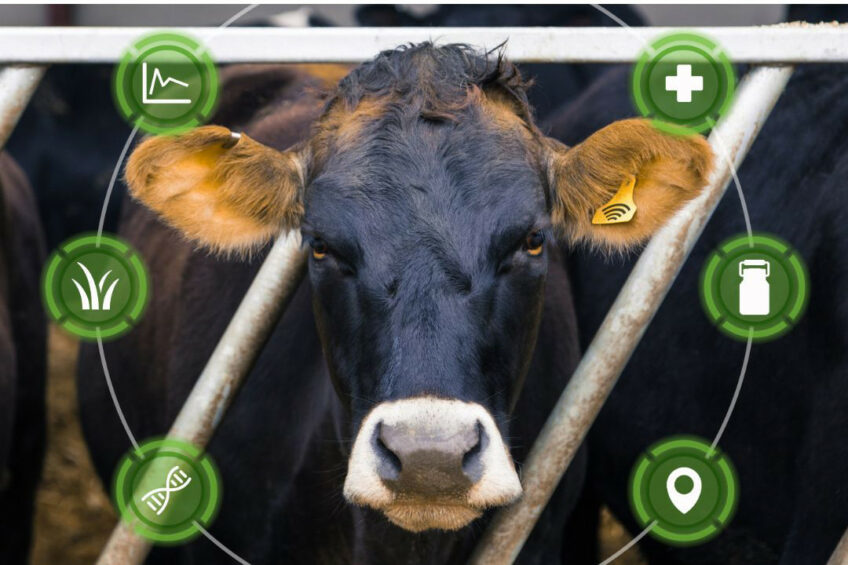Impact of Artificial Intelligence in Agriculture


Al-powered systems analyse data from various sources, such as satellites, drones, and sensors, to monitor crop health, soil conditions, and weather patterns. This information enables farmers to make informed decisions about planting, irrigation, fertilisation, and pest control, optimising resource use and maximising yields. For instance, Al algorithms can predict the best times for planting and harvesting based on weather forecasts and soil data, reducing the risk of crop failure and improving overall productivity.
Helping Farmers Towards Sustainability:
Al is playing a crucial role in improving agriculture’s supply chain management. Al algorithms can predict demand and market trends, helping farmers plan their production and distribution strategies more effectively. This reduces waste, improves profitability, and ensures that fresh produce reaches consumers more efficiently.
The adoption of Al in agriculture also promotes sustainability. Al-driven precision farming techniques minimise the use of water, fertilisers, and pesticides, reducing their environmental impact and conserving natural resources. Additionally, Al can help farmers implement sustainable practices, such as crop rotation and soil conservation, contributing to long-term agricultural sustainability.
Al and 10T are increasingly being adopted in feed robotics applications, such as identifying and tracking animals, analysing animal weight, determining the quantity of feed, and monitoring animal health. Al can play a vital role in increasing productivity and reducing health incidents on farms.
Feed Robotics:
The introduction of feed robotics compatible with Al, sensors, and 10T-based devices is expected to bring new revenue sources for manufacturers of feed robotics. Dairymaster (Ireland), IT Tralee (Ireland), and Lero (Ireland) announced a €2.3-million R&D partnership to develop intelligent autonomous systems and 10T technology on farms. The program is backed by Science Foundation Ireland. As part of the R&D program, Lero and Dairymaster will develop autonomous systems to ease the workload on dairy farms. Such technological developments are expected to create new revenue streams for companies in this market.
The adaptation of generative Al is facilitated by advancements in data collection technologies, industry collaborations, and regulatory support. The result is improved nutritional outcomes, reduced disease incidence, and lower stress levels for livestock. Additionally, Al-driven systems contribute to sustainable farming practices by optimising resource use and minimising feed waste.
Overall, the integration of generative Al in the animal nutrition industry leads to healthier, more productive livestock and supports the broader goals of sustainability and efficiency in agriculture. Generative artificial intelligence (Gen Al) is a type of algorithm that enables computers to create content such as text, images, pieces of videos, or music without interacting with humans. Unlike traditional Al systems that rely on existing databases, Gen Al creates new databases by understanding the pattern from the existing information. The adoption of Gen Al technology has been highlighted across multiple industries.